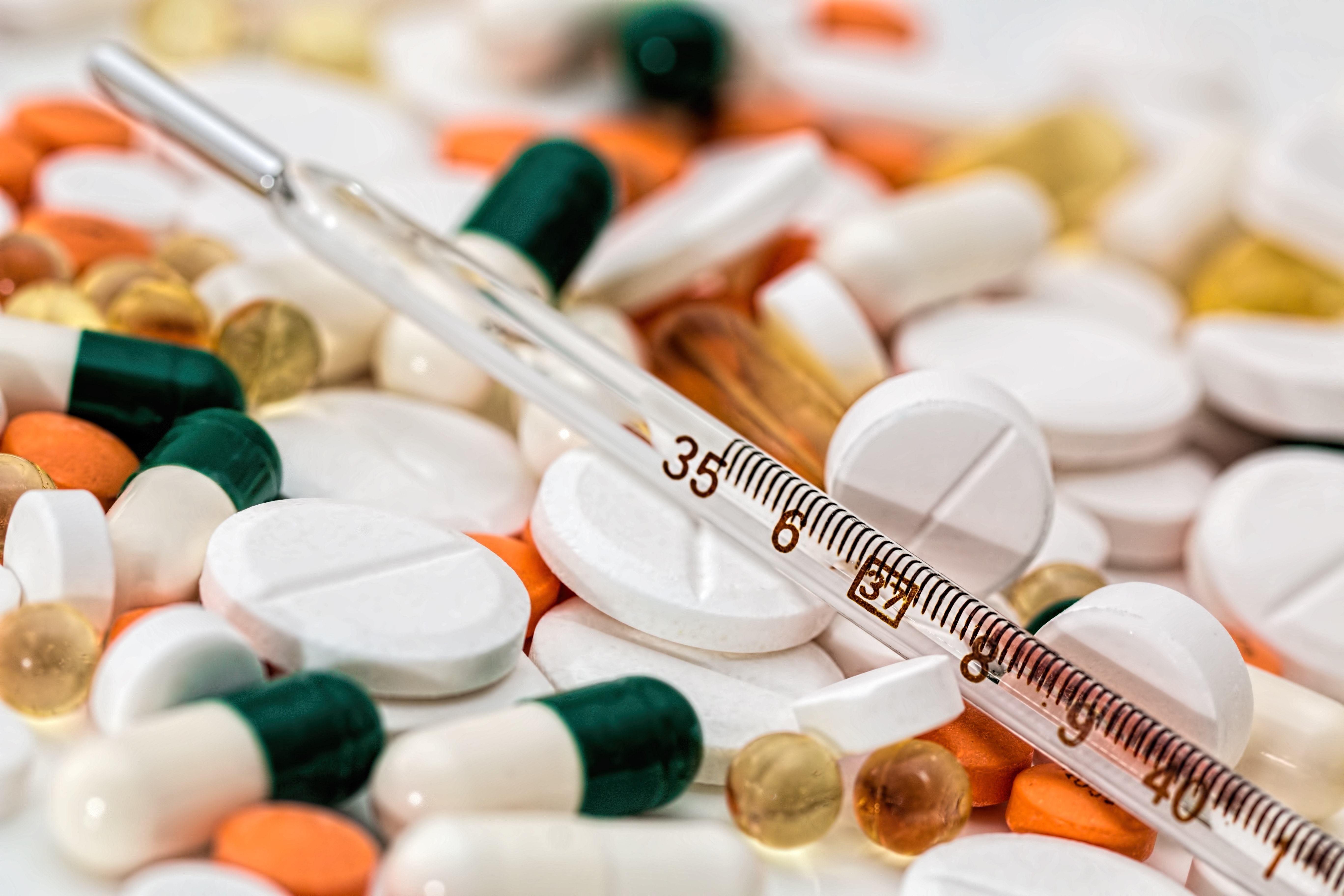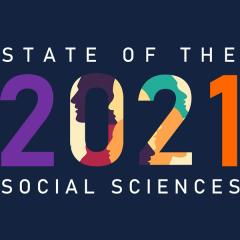While the use of alcohol to cope with social distancing and lockdowns was the source of media attention and numerous memes during the COVID-19 restrictions introduced in early 2020, an accurate understanding of how substance use was affected by the pandemic is very important from a public health perspective.
 The Ecstasy and Related Drugs Reporting System (EDRS) is an illicit drug monitoring system which has been conducted in all states and territories of Australia since 2003. In 2020, ISSR once again conducted annual in-depth interviews with 100 people in Queensland who regularly use ecstasy and related stimulants as part of the EDRS. These interviews were primarily conducted immediately following the initial easing of Queensland’s COVID-19 restrictions (May to June 2020), and therefore provided a timely snapshot of perceived changes in participants’ drug use as a result of the pandemic restrictions.
The Ecstasy and Related Drugs Reporting System (EDRS) is an illicit drug monitoring system which has been conducted in all states and territories of Australia since 2003. In 2020, ISSR once again conducted annual in-depth interviews with 100 people in Queensland who regularly use ecstasy and related stimulants as part of the EDRS. These interviews were primarily conducted immediately following the initial easing of Queensland’s COVID-19 restrictions (May to June 2020), and therefore provided a timely snapshot of perceived changes in participants’ drug use as a result of the pandemic restrictions.
Over half of participants (54%) reported a decrease in the use of ecstasy/MDMA and a third (33%) reported decreasing their use of methamphetamine during the restrictions. Of those using ecstasy/MDMA prior to the restrictions, over one in five reported that they had in fact stopped their use altogether during the restrictions; others reported that their level of use decreased significantly, primarily related to fewer opportunities to socialise; and small percentage of respondents also reported decreased availability of ecstasy/MDMA. Reductions in the use of methamphetamine were attributed to concerns about physical and mental health, while ~20% of participants reported that they had less money to buy the drug.
Despite these reported decreases, 44% of participants reported increasing their use of cannabis and 31% increased their use of alcohol during the same period – primarily due to a reported increase in boredom. Interestingly, the levels of harmful drinking were not significantly different to 2019, despite people being unable to go to pubs, clubs and festivals. The use of tobacco was generally unchanged, as were the use of pharmaceutical stimulants and amyl nitrite – once again surprising given that entertainment venues were unavailable.
The Queensland results contribute to a wider national view of the changes in drug use and experiences of illicit drug users during the pandemic as part of the EDRS. Moreover, ISSR also undertakes an annual survey of 100 Queenslanders who inject illicit drugs as part of the Illicit Drug Reporting System (IDRS), as well as people who do not regularly use illicit drugs via the ISSR-led Understanding the Social Impacts of COVID-19 study (USIC). As such, ISSR research in combination with other research such as wastewater analyses and crime statistics is playing an important role in gaining a more holistic understanding of changes in drug use among Australian society.
Finally, the EDRS surveys conducted by ISSR highlighted that nearly 40% of participants rated their mental health as worse since the pandemic; these and other findings above were incorporated into a consultation paper for the Queensland Mental Health Commissions on the impact of the COVID-19 pandemic on alcohol and drug use. This paper, among others, will be used to inform a renewal of Queensland's state-wide alcohol and other drugs strategic plan.
For further information you can access the report from the Queensland Drug Trends 2020: Key Findings from the Ecstasy and Related Drugs Reporting System (EDRS) Interviews here.
Findings from 2020 Queensland Illicit Drugs Reporting System (IDRS) can be found here.
The ISSR team are about to commence interviews for this project next month. Interested people should contact the team at edrsqld@uq.edu.au



